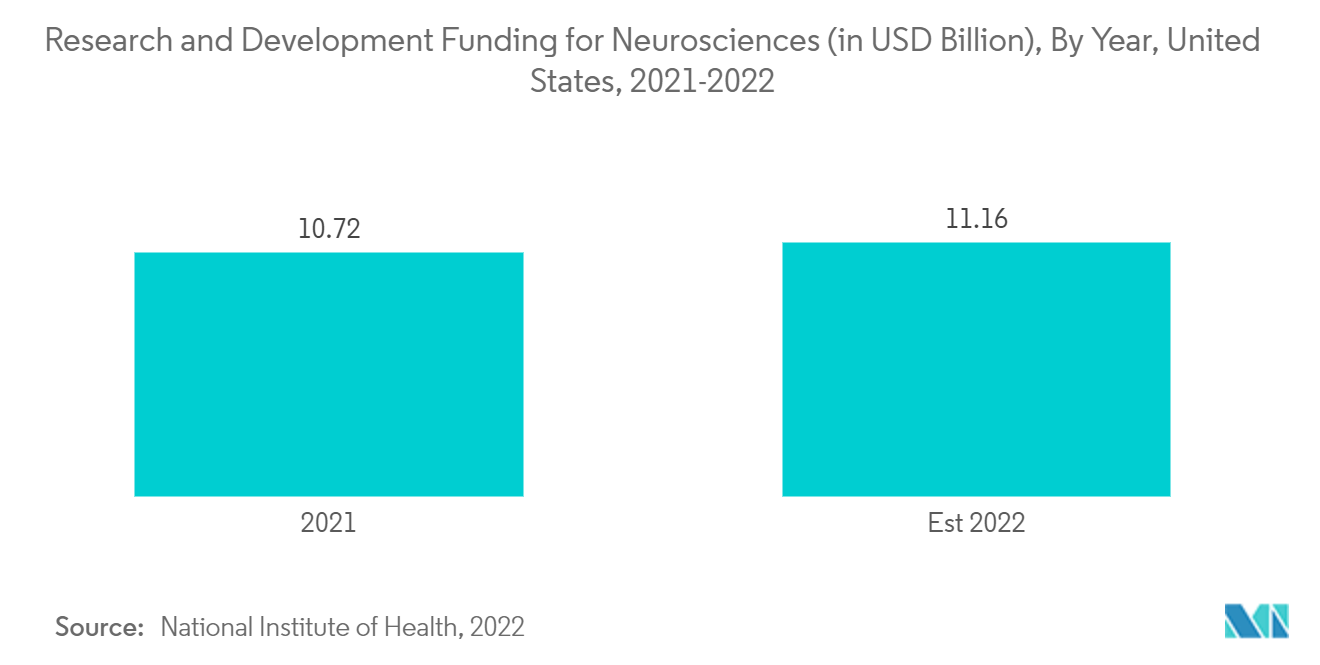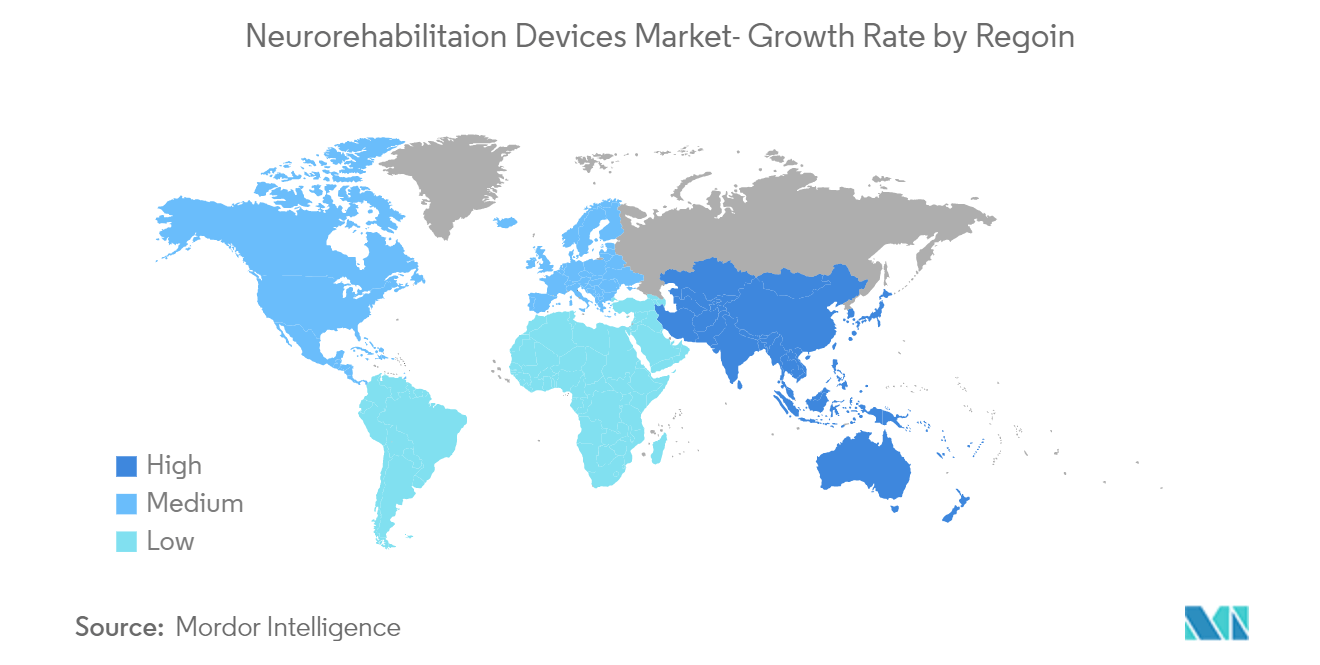Market Trends of Global Neurorehabilitation Devices Industry
This section covers the major market trends shaping the Neurorehabilitation Devices Market according to our research experts:
Neuro-Robotic Devices Segment is Expected to Hold a Major Market Share in the Neurorehabilitation Devices Market
The neuro-robotic devices segment projects significant growth in the neurorehabilitation devices market. It is anticipated to show a similar trend over the forecast period owing to the increasing burden of neurological diseases, technological advancements in robotics, and their combination with neuroscience, coupled with the launch of newer products. Neuro-robotic devices combined with neuroscience and rehabilitation are the new methods for treating neurological disorders, which provide different ways of treatment depending on the specific function to be restored. Robotic devices for neurorehabilitation can be divided into two main categories based on the different types of physical human-robot interactions, such as end-effector devices and exoskeletons.
The research studies performed to understand the effectiveness of the robotic approach in neurorehabilitation also contribute to the adoption of devices and thus drive the growth of the segment. For instance, in an article published in September 2022 in Frontiers, the engineering viability, and efficacy of a cable-driven neuro robot is found to be a useful tool to supplement the established physiotherapy regimens and for giving accurate measures of the patient's performance and progress during neurorehabilitation. Thus, the high effectiveness of neurorobotic devices in different studies may lead to increased adoption of these devices, thereby driving the growth of the segment.
Additionally, the establishment of new robotic-assisted neurorehabilitation centers improved the accessibility of neuro-robotic devices and is thus expected to contribute to segment growth. For instance, in December 2021, Sakra World Hospital launched a robotic-assisted neuro-rehabilitation center in Karnataka, India. Furthermore, in April 2021, researchers at ETH Zurich recently found that artificial neural feedback from a sensorized bionic leg can help users and designers of robotic assistive technologies. The scientists conducted their study at the Laboratory for Neuro Engineering, which is part of the Department of Health Sciences and Technology's Institute for Robotics and Intelligent Systems at ETH Zurich. They claimed that sensory information could enhance prosthetic users' quality of life and confidence while they go about their daily activities, such as walking on uneven terrain or ascending stairs.
Thus, the rising prevalence of neurological disorders, the benefits associated with neuro-robotic devices, the establishment of robotic-assisted neurorehabilitation centers, and technological advancements are the key driving factors in the neuro-robotic devices segment.

North America is Expected to Hold a Significant Share in the Market and Expected to do Same in the Forecast Period
North America is expected to hold a significant market share in the global neurorehabilitation devices market due to the growing incidences of stroke, Alzheimer's, and Parkinson's disease, the growing geriatric population, and technological advancements in neurorehabilitation devices in this region. For instance, according to the Alzheimer's Association's 2022 update, an estimated 6.5 million Americans aged 65 and older will live with Alzheimer's in 2022. Seventy-three percent are 75 or older. By 2050, this number is projected to rise to nearly 13 million.
Furthermore, according to the C.D.C.'s May 2022 update, about 795,000 people experience a new or recurrent type of stroke every year. As per the epidemiology data, approximately 87% of strokes in the United States are ischemic. The rise in ischemic stroke will lead to increased neurorehabilitation device adoption in this region, thereby driving the growth of this market in North America.
Rising initiatives from the key players to increase awareness and the growing adoption of neurorehabilitation are further expected to drive the growth of this market in the United States during the forecast period. For instance, in September 2021, Evolution Devices launched its EvoWalk Platform pilot program for the rehabilitation of walking for those living with neurologically based partial walking paralysis. The company's approach combines remote physical therapy (P.T.) with its EvoWalk smart stimulation device to help patients avoid falls and get instinctual movement back. In addition, in December 2021, the Nebraska Chapter of the Fraternal Order of Eagles ("F.O.E."), an international non-profit community organization, purchased two EksoNR devices on behalf of local Nebraska inpatient rehabilitation facilities. Therefore, the rising adoption of these neurorehabilitation devices also drives market growth.
Thus, due to the rise in the prevalence of neurological disorders, increasing awareness regarding the benefits of neurorehabilitation devices, and the presence of well-established healthcare infrastructure, it is anticipated that North America will witness significant growth in the overall market over the forecast period.


